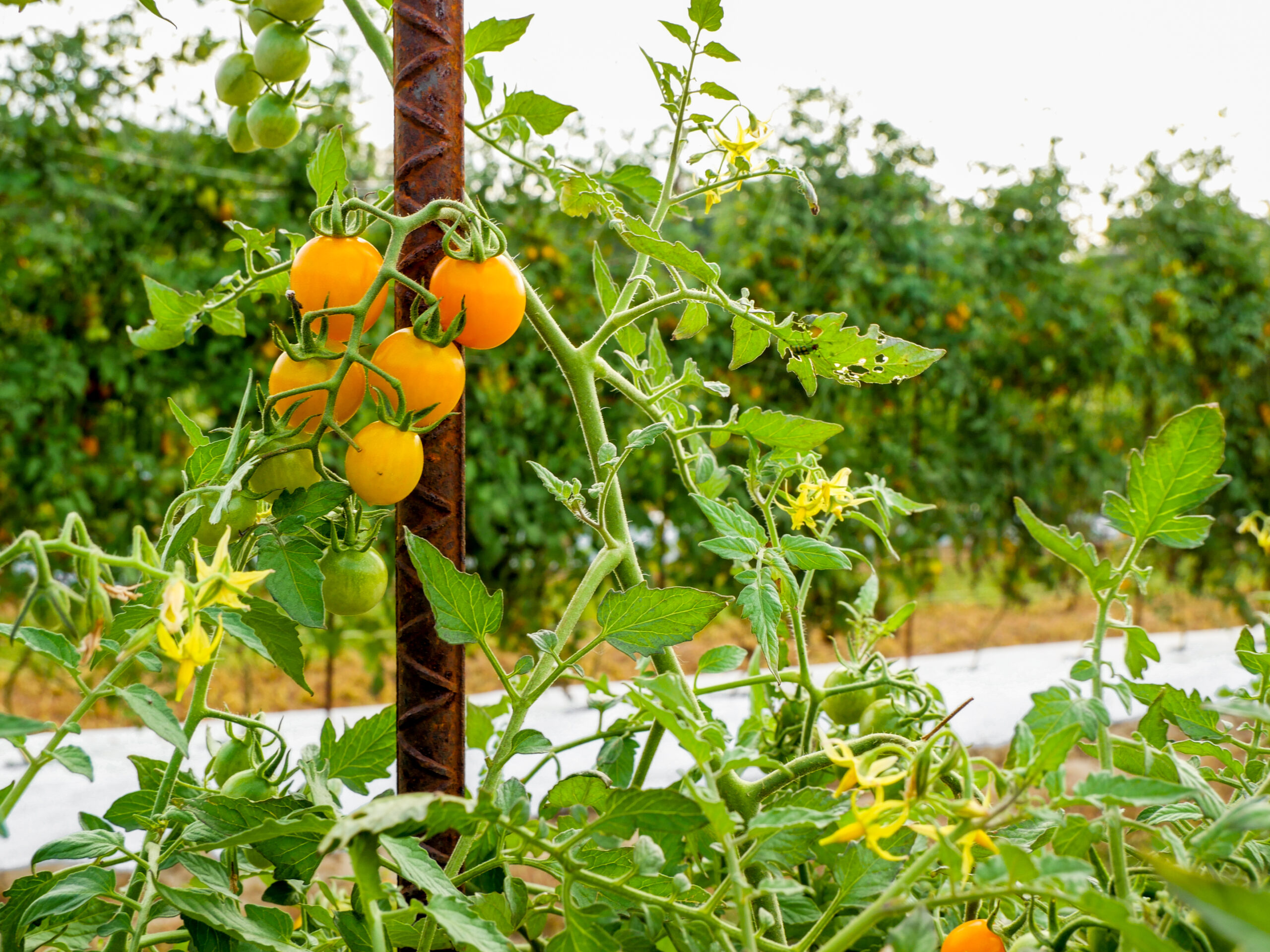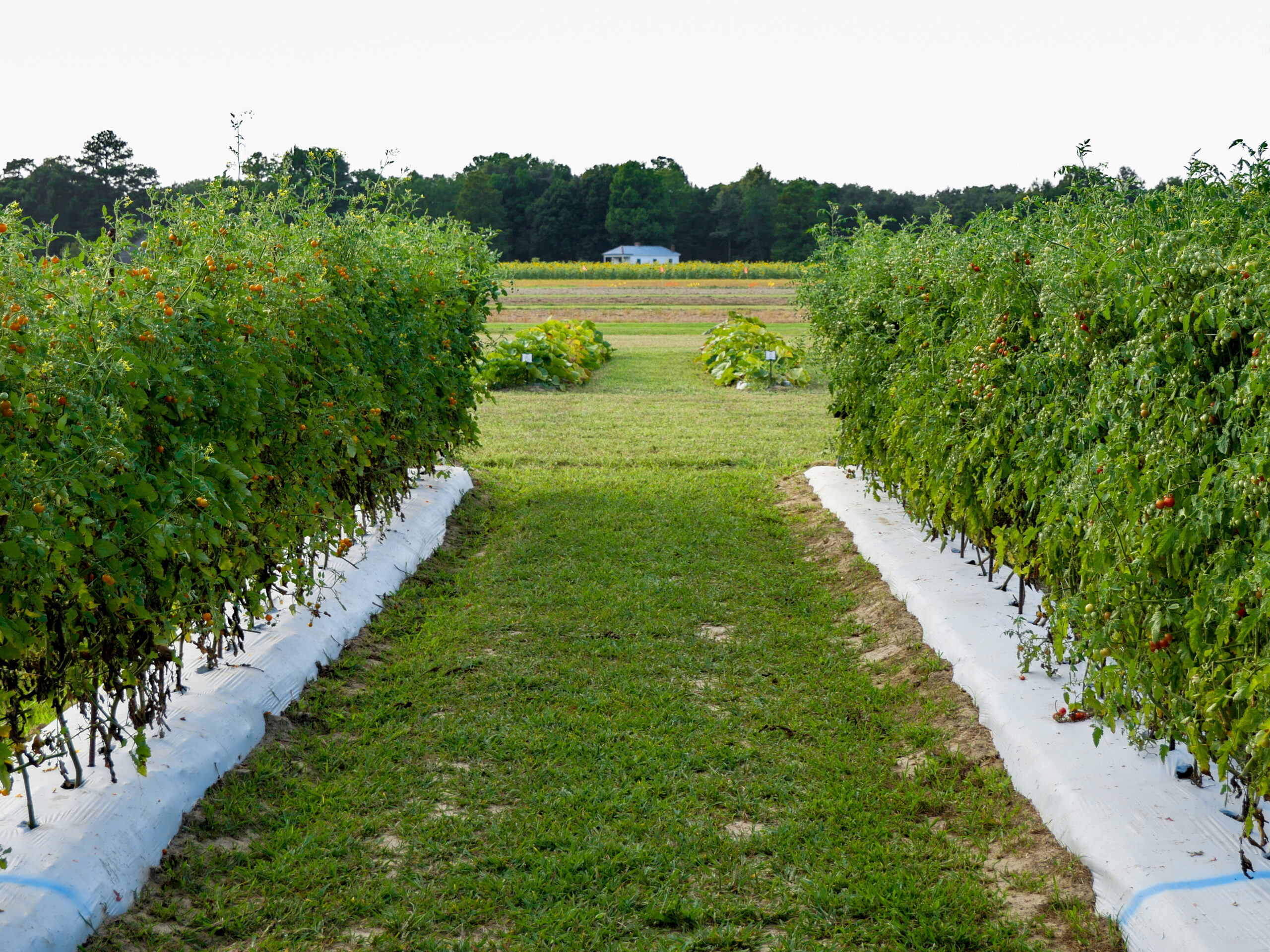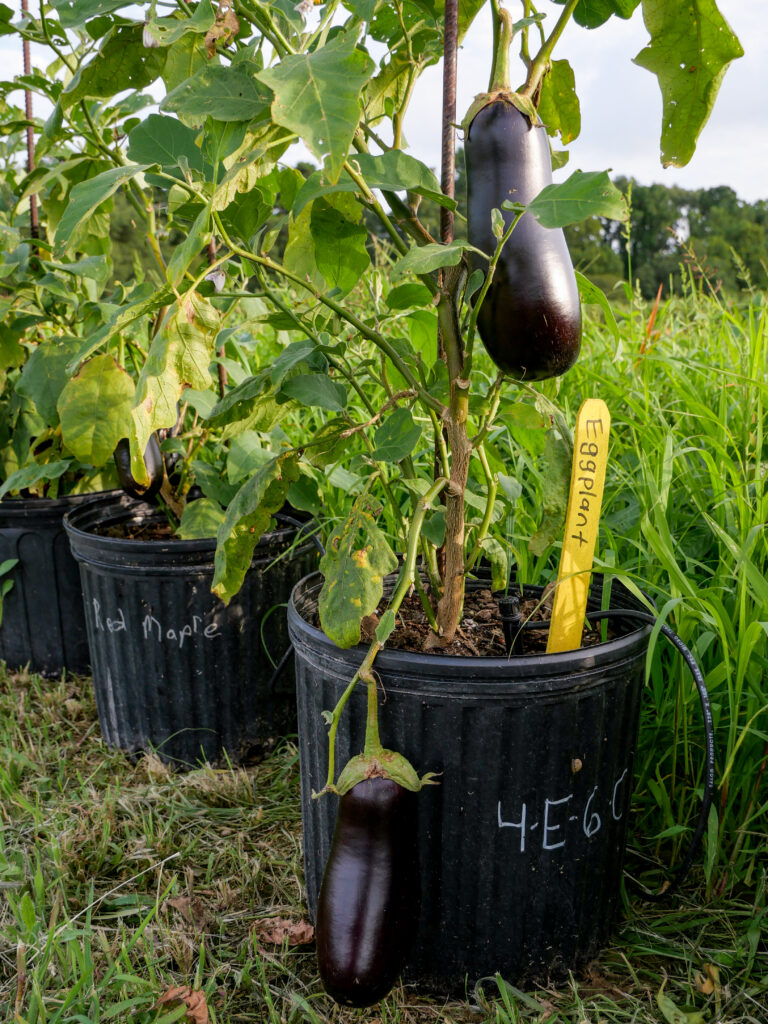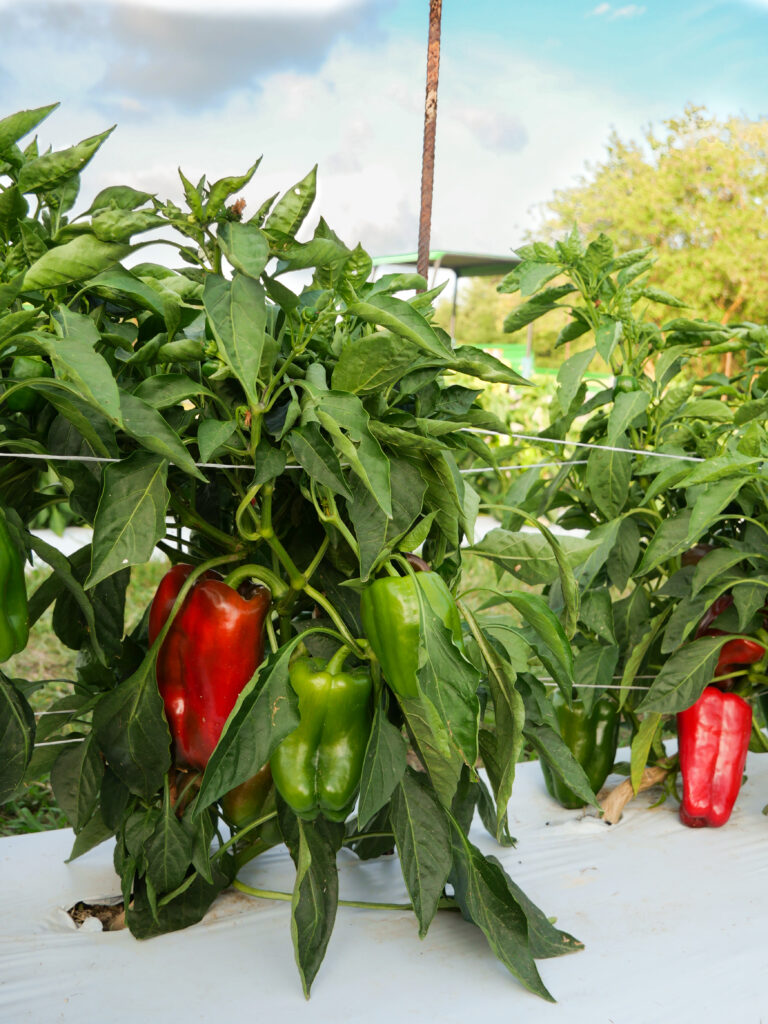
A five-step plan for hacking your south Louisiana summer garden
When it comes to gardening in south Louisiana, growing the right plants at the right time is key. The stifling heat can be a challenge this time of year, but home gardeners can benefit from our climate if they learn how to work with the heat, rather than against it.
“I love Louisiana,” LSU AgCenter Extension Vegetable Specialist Kiki Fontenot says, “because you can grow something and harvest something every month out of the year if you wanted to.”
It’s not too late to plant some summer crops, such as beans and okra. “Those love it. The hotter, the better,” Research Associate Keith Lewis says. Other summer crops, like tomatoes, are nearing the end of their initial growing season, but it’s possible to plant them a second time later in the summer for fall harvests. “In late July, we’ll start again with our tomatoes and eggplant,” Fontenot says.
|
|

Herbs like basil can also serve as great starter crops.
Home gardeners looking for a more foolproof start should wait to plant until the end of the summer when the weather begins to cool.
“In August, you can start your seed and your plants for what’s called cole crops,” Lewis says. These easy-to-grow crops include broccoli, Brussels sprouts and cabbage, and they can stay in the garden into colder months.
A five-step plan for southeast Louisiana summer gardening
According to local experts at the LSU AgCenter:
1. Choose the seeds.
First, decide which seeds to plant based on your desired start date. It’s best practice to use varieties of plants labeled “heat-set” or “heat-tolerant” during the Louisiana summer. For example, if planting tomatoes, go for a heat-set variety like Florida 91 or Sunmaster.
2. Start with a raised bed, rather than tilling the ground.
Fontenot says that containers larger than a 5-gallon bucket are ideal for planting vegetables because they have enough space for roots and can hold more water, meaning gardeners can water less frequently.
3. Pick a well-lit space.
Summer crops need six to eight hours of full sunlight, while fall crops need five hours. Start the garden in a spot that accommodates your plants’ sunlight needs.
4. Plant the seeds and fertilize the soil.
Plant your chosen seeds in soil bought from a nursery. This soil may already have fertilizer in it, but Fontenot recommends adding a tablespoon of fertilizer, like Miracle-Gro or Scotts, per gallon of water for vegetables once they begin to bloom.
5. Don’t over-water.
It’s a common mistake for new gardeners to drown their plants. Water the garden consistently to dampen, not drench, the soil.
More Louisiana garden resources
• Consider shopping at locally owned supply stores. Gardening basics are available at any store, but local businesses are stocked with southeast Louisiana-specific products. “If you shop locally, then a lot of those nurserymen who work there know what grows best in our area,” Fontenot says.
• With many different factors to consider when starting a garden, the LSU AgCenter recommends reading through its online resources, including the Louisiana Home Vegetable Guide. This guide provides planting time charts and detailed information on topics like crop spacing.
|
|
|



